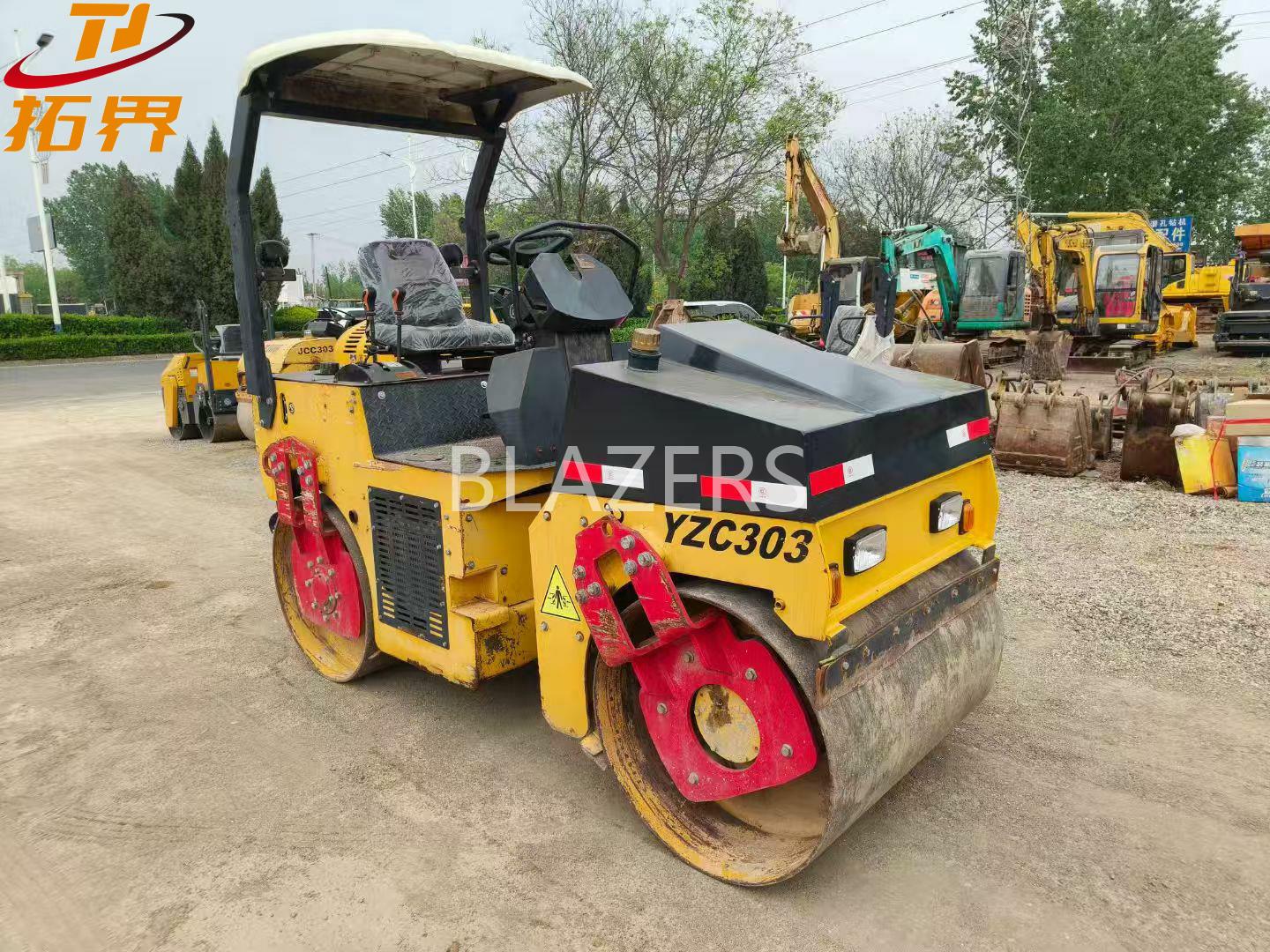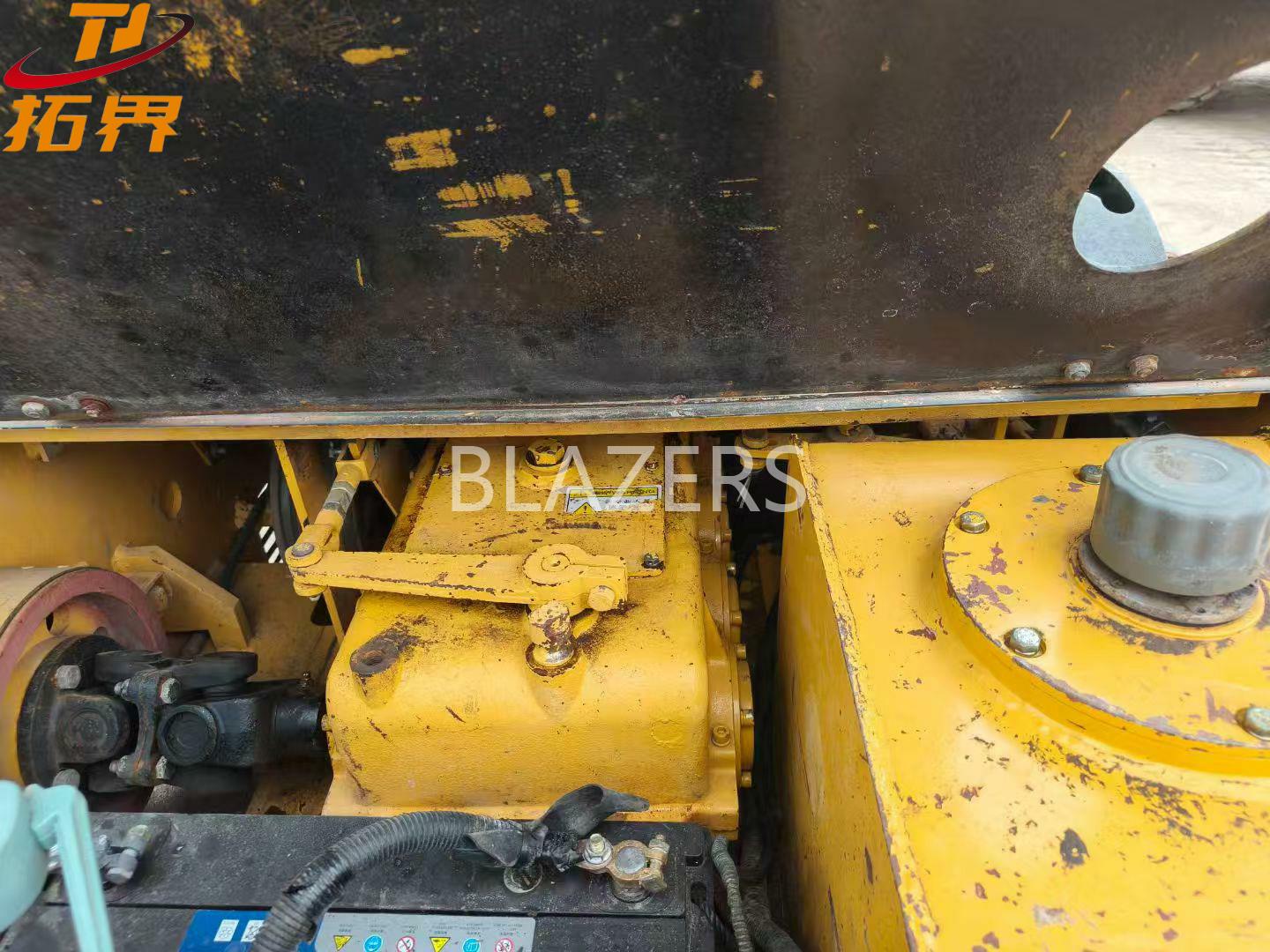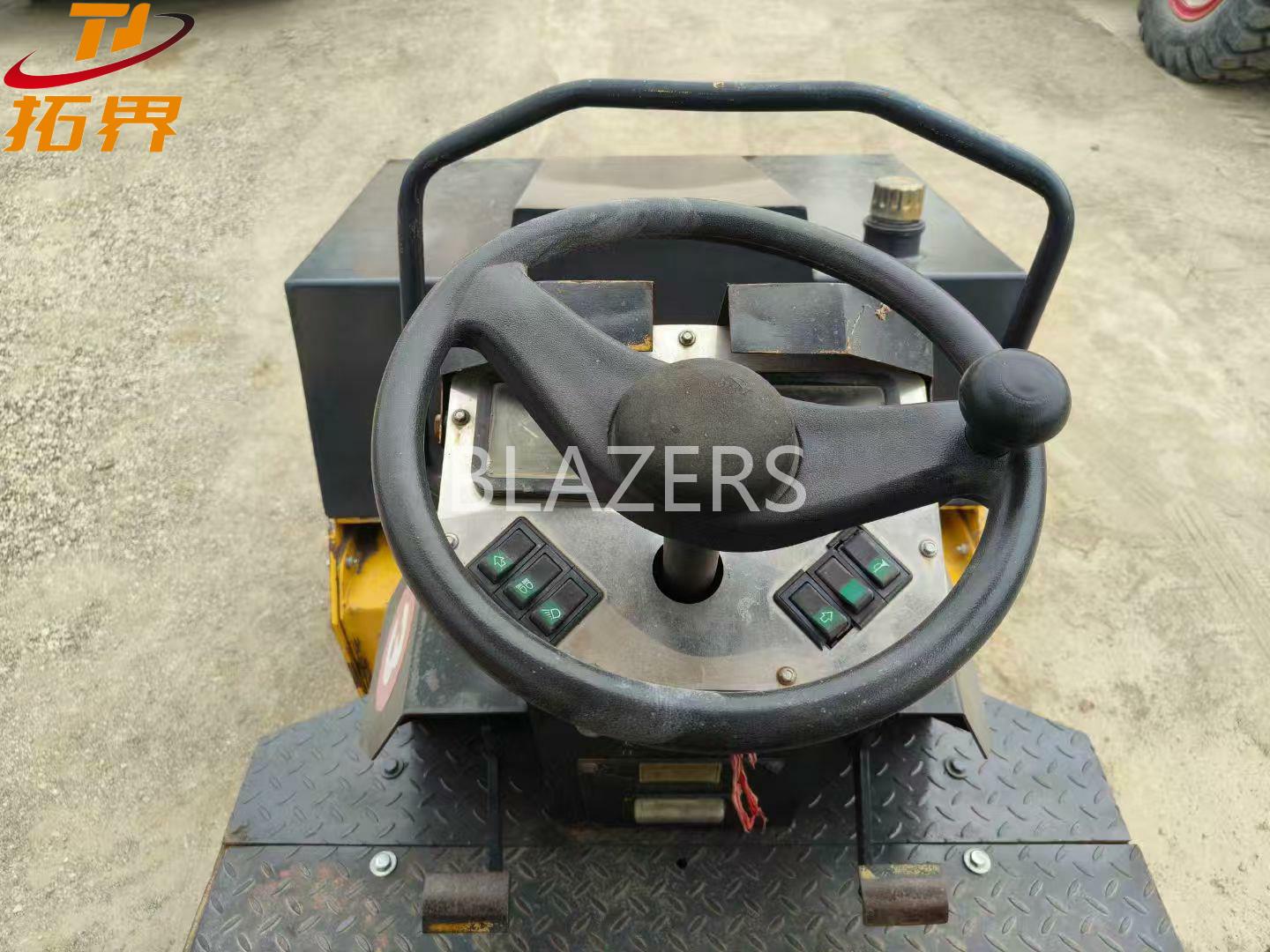The LuJie YZC303 road roller features powerful compaction performance and an efficient vibration system, enabling it to achieve uniform and stable compaction results in various working conditions.
About 3-ton LuJie YZC303 double-wheel roller produced
Narrate
The Lu Jie YZC3O3 small road roller (3-ton class) is specially designed for precise construction scenarios. Its body is lightweight and compact, suitable for narrow spaces and small-area compaction operations. It is equipped with an appropriate vibration system with moderate excitation force, which can meet the compaction needs of light engineering projects such as rural road repair, sidewalk laying, garden landscape roadbed, and residential area hardened pavement. It uses a low fuel consumption engine and a simplified control interface, balancing the basic construction efficiency and operational friendliness. The maintenance cost is economical, making it a practical equipment for municipal maintenance, small construction sites, and scenarios with limited space.

Based on your global requirements, we provide customized solutions. The equipment used is not "generic products". We understand that each project faces unique challenges. That's why our refurbishment process is completely customized according to your requirements. Customized demands range from customized exterior coatings to functional upgrades, and we offer modular solutions.
Multi-dimensional value: This method not only enhances the adaptability of the equipment but also optimizes your procurement strategy. Through pre-project consultation, we will adjust the depth of refurbishment according to your priorities.
Cost-effectiveness: Light refurbishment can reduce upfront investment.
Long-term guarantee: Comprehensive refurbishment can extend the warranty period.
Risk avoidance: Through demand-driven customization, unnecessary expenses can be eliminated.
To demonstrate our customer-oriented approach, please see this case: An African client needed to adapt to desert terrain. We designed track reinforcement and sand filtration systems, achieving a 15% reduction in maintenance costs while increasing productivity by 20%.

3-ton Lu Jie YZC303 double-wheel roller Specificaion
Operating mass: 3.2t (ballastable to 3.5t with water)
Operating mode:Single-drum dual-vibration (front-wheel drive + vibration)
Drum dimensions: φ750×1,100mm
Engine model: Quanchai 4A2-68C50
Rated power: 24kW @ 2,600rpm
Fuel tank capacity: 28L (operational endurance ≥6h)
Vibration frequency: Fixed 48Hz (non-adjustable)
Centrifugal force:35kN (equivalent value)
Gradeability:30% (on dry hard surfaces)
Turning radius: ≤3.1m (mechanical steering)
Overall dimensions:2,850×1,100×2,150mm (L×W×H)

Daily Maintenance Checklist for Road Roller
1. Check Fluid Levels & Fuel
Inspect engine oil, hydraulic oil, transmission oil, and coolant levels (using dipstick or sight glass); fuel tank level. In hot weather (like current summer), coolant inspection is particularly critical to prevent engine overheating and shutdown.
2. Inspect Filters & Air Intake System
Check the cleanliness of air filter, fuel filter, and hydraulic oil filter; inspect air intake system for blockages. Lightly tap the air filter to remove dust (replace if severely dirty); ensure the filter element is undamaged. This step prevents contaminants from entering the engine, reducing 80% of early wear risk. At dusty construction sites (e.g., roadwork), daily air filter cleaning significantly enhances equipment efficiency.
3. Inspect Ground Contact Components & Brakes
Check tire/steel wheel pressure and wear (using tire pressure gauge); brake fluid level and braking performance (test by pedal depression); tightness of steel wheel or tire bolts. Daily inspections identify potential issues (e.g., loose bolts), preventing downtime repair costs
4. Clean Machine & Check Fasteners
Remove mud, asphalt residue, and water stains from the roller’s surface; inspect critical fasteners (e.g., engine mounts, roller connection bolts). Clean with a soft brush or low-pressure water jet to avoid damaging electrical components. Post-cleaning, a tidy appearance improves heat dissipation. During rainy seasons, cleaning prevents corrosion, extending equipment life by 5+ years.
5. Operational Test
Start the equipment; check dashboard indicators (e.g., oil pressure, battery voltage); listen for abnormal noises/vibrations; test steering and compaction functions. Limit runtime to 2–3 minutes; stop immediately for troubleshooting if warning lights activate. Daily tests enable early fault detection (e.g., hydraulic system noise), reducing 30% of unexpected repair costs.